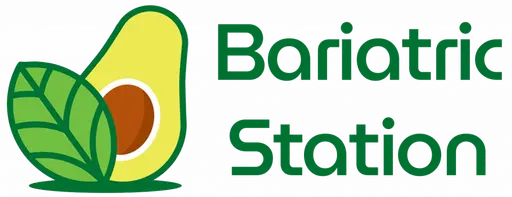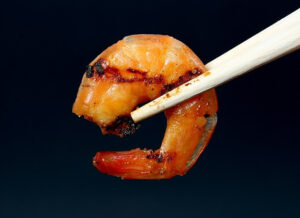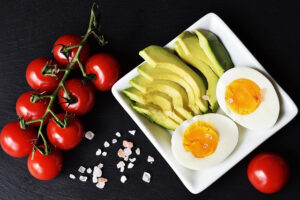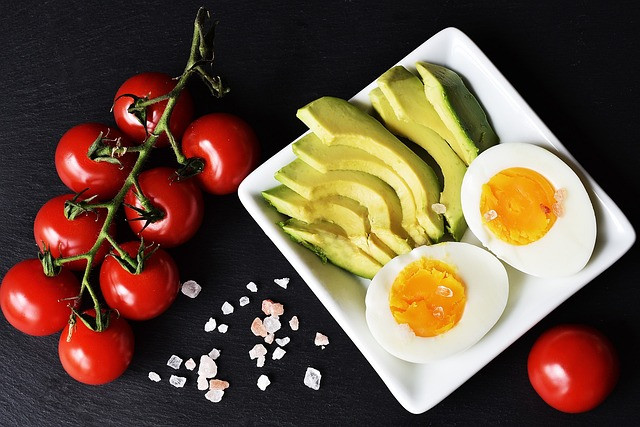Keto and weight lifting – the combination is ideal for long term weight loss and muscle gain. Now before you shake your head in disbelief, several studies have shown that weight lifting is good for sustainable weight loss. Keep in mind that your physical performance at the gym will suffer because you are on a calorie deficit and your body is turning to ketones as a source of energy.
The basic principle here is that weight lifting (which leads to muscle hypertrophy) is good for weight loss. An important question then arises, if you plan to cut out calories (and carbs) from your diet, how will you find the energy to create a keto-centric workout regimen? Well, keto workouts are supposed to be less intensive and only require bodyweight exercises that can be performed at the gym, home, or work.

While weight lifting involves actual gym equipment designed to engage different muscles of the body, it is very possible to build an impressive physique using certain body movements. Most keto exercises rely on a person’s body weight and can be done at home.
Why Workout on Ketogenic Diets?
Weight lifting has incredible health benefits – beyond weight loss. They prepare you to face the strenuous demands of certain physical activities, improve your immune system, lower your risk of stroke, diabetes, and osteoporosis, and promote cardiovascular health and increase longevity. Perhaps more importantly, weight lifting keeps your body strong and boost your immune system health with age, so you can thrive during the ‘prime years’ of your life.
Weight lifting also improves your health markers by reducing depression, preventing stress, improve your quality of sleep (due to system fatigue), and improving memory. Of course, let’s not discount the fact that weight lifting is a great tool to develop an aesthetic looking and muscular body.
After all, this is the primary goal of the keto diet: to develop an aesthetic physician. The keto approach to working out helps you derive all the benefits of weight lifting, while minimizing the possible negative effects of maxing out on certain compound movements.
Yes, you read that right: you should not max out at the gym and hope to break any PRs while on the keto diet. Your body is in a fragile state because it is in ketosis. So breaking your PR at the deadlift is absolutely out of the question. The keto approach to weight lifting is all about staying well within the margins of safety. Do not go to failure, do not increase the weight too much, and instead, incorporate high volume instead of high-intensity exercise performance.
Coincidentally, high volume weight lifting is very similar to HIIT. High volume works as long as you go reasonably close to failure (but not quite close). This will trigger hypertrophy or at least help you maintain muscle mass. Endurance activities can also reduce blood sugar levels and help with insulin levels.
There is no one-size-fits-all approach to keto fitness. In general, keto exercise programs emphasize the importance of rest periods and taking a break from weight lifting. Weight lifting should leave you energized and motivated, not sore and stressed, and workout should never feel like torture. You should love the process, note hate and detest it. Workout is useful, but it should support your keto diet, not dominate your fitness goals.
Within these broad guidelines, keto weight lifting is extremely customizable and adaptable to your needs. Exercise plan is a key part of weight lifting. Unfortunately, this comes with years of experience and experimentation until you discover what fits your goals and abilities. You can cut this process short by turning to expert keto coaches and referring. We strongly suggest getting access to our exclusive keto guide by signing to our newsletter.
Protein and Ketosis: An Oxymoron?

Weight lifting does not give you the leeway to substantially increase your protein intake. Remember the macronutrient ratio: 5% carbs, 20% proteins, 75% fats. There is room to change the relationship somewhat in favor of proteins so it looks like this: 5% carbs, 25% proteins, 70% fats.
Increasing your protein intake is a good tweak you can make to your keto plan. This is because:
- Protein is more satiating
- Protein is nutrient dense
- Protein has a higher thermic effect
In fact, you could try to get over your weight loss plateaus by increasing your protein intake. Note that too much protein could be converted into carbohydrates and interrupt ketosis. You can keep track of ketosis by measuring your ketone levels using urine tests. We’ve written an in-depth article on using urine tests here.
The trick is to stick to keto-friendly protein sources.
Here are a few options:
- Fattier cuts of beef such as roast, steak, and stews
- Poultry, including duck, turkey, quail, and chicken
- Fish, including tuna, salmon, and halibut
- Shellfish, including oysters, crab, lobster, and mussels
- Whey protein powder
- Shellfish including crab, mussels, and oysters
- Leafy greens
The amount of protein you will need depends on your activity level. In general, it is recommended to have between 0.5 to 1.0 grams per pound of body weight. Keep your intake of carbs between 20 to 50 grams per day. Get the rest of your calories from fat.
Critics who argue against eating more protein during ketosis for weight lifting would do well to read this 2016 study from McMaster University for a deeper understanding. It found that higher protein consumption leads to greater fat loss and increased muscle growth.
The study can be wrapped up as follows:
Healthy adults who consumed more protein gained an average of 2.5 lbs of lean muscle mass while losing an average of 10.5 lbs of fat. So the science is pretty much clear.
Keto Muscle Loss and Calorie Deficit – The Harsh Truth
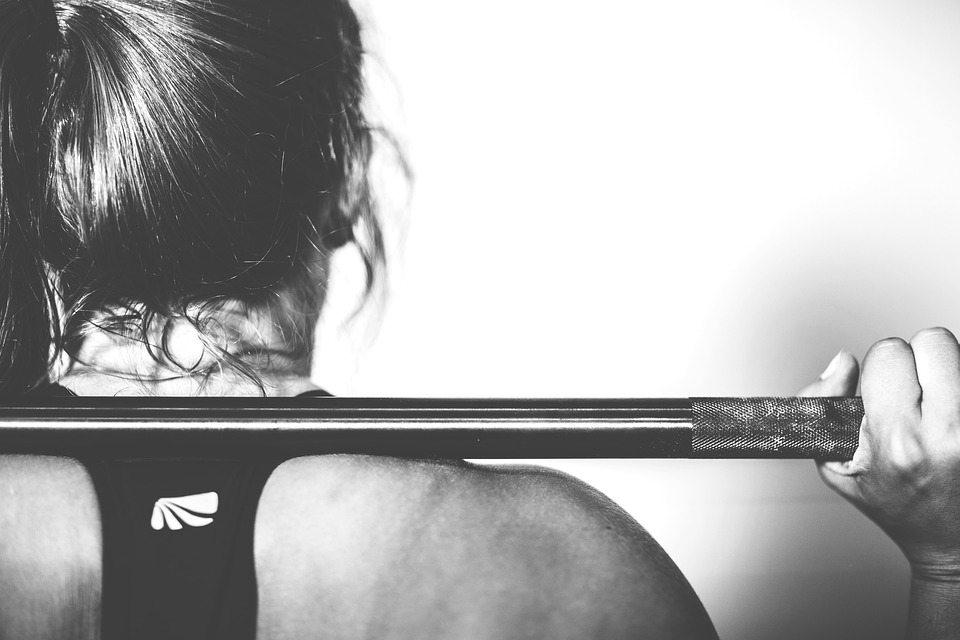
The bottom line is that our body needs energy sources. And if we’re not taking enough calories to support the body, then muscle building is out of the question. This is because the body prioritizes energy from fuel to power basic necessities rather than muscle – because doing otherwise would be counterintuitive to self-preservation.
To maximize your results with muscle gain, you will need a calorie surplus. Unfortunately, this also means gaining body fat in addition to muscle gain. You can use the keto diet to keep the carbs low and minimize body fat. This can be accomplished with the help of a modified keto diet.
Weight Lifting Doesn’t Automatically Lead to Muscle Gain
For most people, training sessions are associated with gaining mass. But the benefits of weightlifting depend on your diet:
- A calorie surplus with weight lifting will increase your overall weight, favoring more muscle than fat
- Eating maintenance calories and weight lifting will result in fat loss and little muscle gain, with no actual changes to overall weight (this means your body composition has changed)
- Eating at a calorie deficit and weight lifting will result in overall weight loss, mostly from fat while maintaining muscle mass
Use this calculator for help with measuring the following:
- fat intake
- carbohydrate intake
- protein intake
- overall caloric intake
It is important to note that keto with weight lifting is better for maintaining muscle mass than gaining muscle. This makes sense when you think about it logically: muscle mass does not come from thin air and the mere act of weight lifting does little without proper nutrition. Building muscle requires a lot of additional calories (more carbs, more calories, more food) on top of your body’s minimum requirements for staying alive.
Powerlifting and Bodybuilding
Powerlifting and bodybuilding are designed to increase strength and muscle mass. Your exercise selection should prioritize movements that combine compound exercises with isolation exercises. Beginners should focus on more compound movements and free weights versus machines and isolation exercises.
Try to focus on the following compound lifts:
- Overhead press
- Bench press
- Squats
- Deadlifts
These compound movements can be combined with isolation exercises to target individual muscles. Compound lifts help with strength gains by incorporating more muscle units. Lifting free weights is more effective than playing hopscotch on different machines which don’t utilize stabilizer muscles.
Lift medium to low weights at high reps for building strength and muscle. For example, you can go for a 3 x 20 setup: 3 sets of 20 reps each using light weights.
If you’re not sure how to perform these exercises, you can check out free YouTube tutorials.
Rest and Recovery
Exercising will result in systemic and muscular fatigue. It is important to avoid over-fatigue because it will prevent recovery and thus, prevent hypertrophy. Rest is even more important on the keto diet, especially if you are on a calorie deficit, because your body is struggling to find energy as it is.
Give your body time to recover from a heavy workout session. This doesn’t mean you should become a couch potato when you’re not hitting the gym. Keto and weight lifting requires a dedicated effort to taking care of your body at all times. It is strongly suggested to incorporate slow movement to your routine, especially on rest days from intensive workouts.
Plan slow movements into your daily routine: try walking or cycling instead of driving. Use a standing desk and stretch regularly throughout your workday.
Make sure to always listen to your body for cues. The ketogenic process will be tough on you during the first few days (or weeks) as your body adapts to using fat as its primary energy source. Don’t feel bad if your body tells you to reduce the intensity of workouts. It is perfectly normal to notice a reduction in baseline performance.
Once your body has adapted to the new norm, you may notice a return to baseline performance.
Wrapping Up
Keto and weight lifting are good for your health regardless of how you distribute your macronutrient ratios. Most studies confirm that keto and weight lifting are compatible, and are a great way of maintaining (if not gaining) muscle mass. For fat loss, keto and weight lifting is a winning strategy.
Make sure to add high quality proteins into your meal plans. But don’t overeat carbs because they will disrupt the ketogenic process. For weight loss, your diet should create a calorie deficit, with more emphasis on proteins.
Of course, your training programs should combine weight lifting with cardio training to burn even more calories. A good rule of thumb is to combine 3 days per week of weight lifting with 3 days per week of walking, biking, or running.
If you’re a healthy adult and are looking to learn more about keto and weight lifting and could use some help, subscribe to our newsletter. If you have health issues, contact a medical doctor before starting any dieting plan because keto can be a form of stress.
